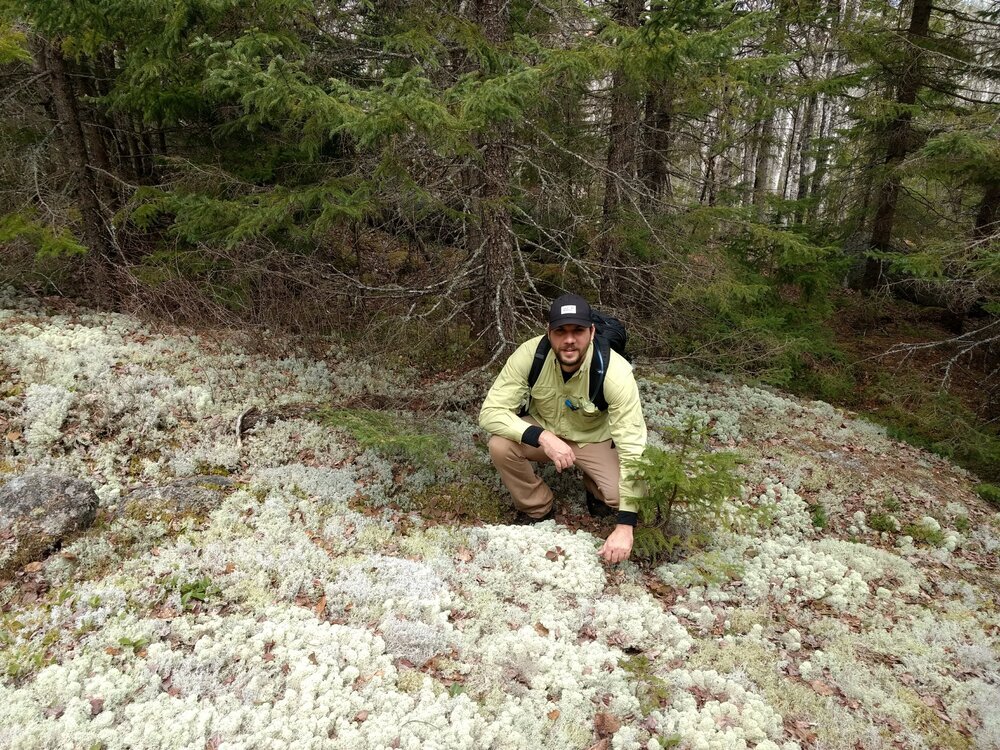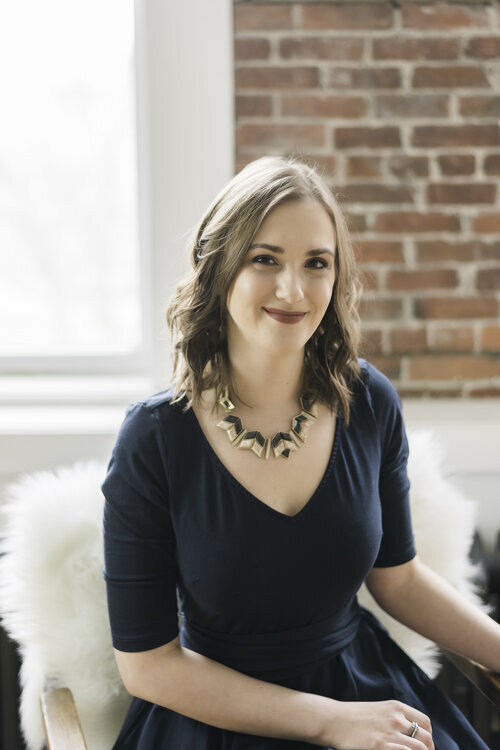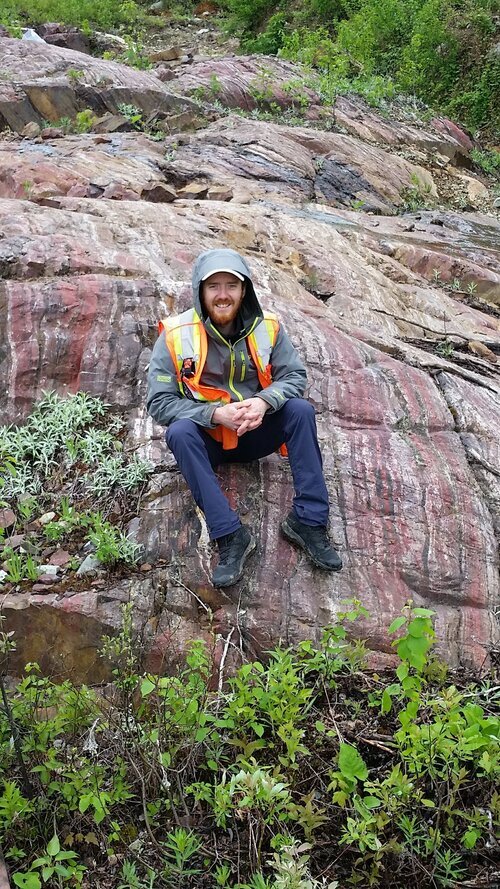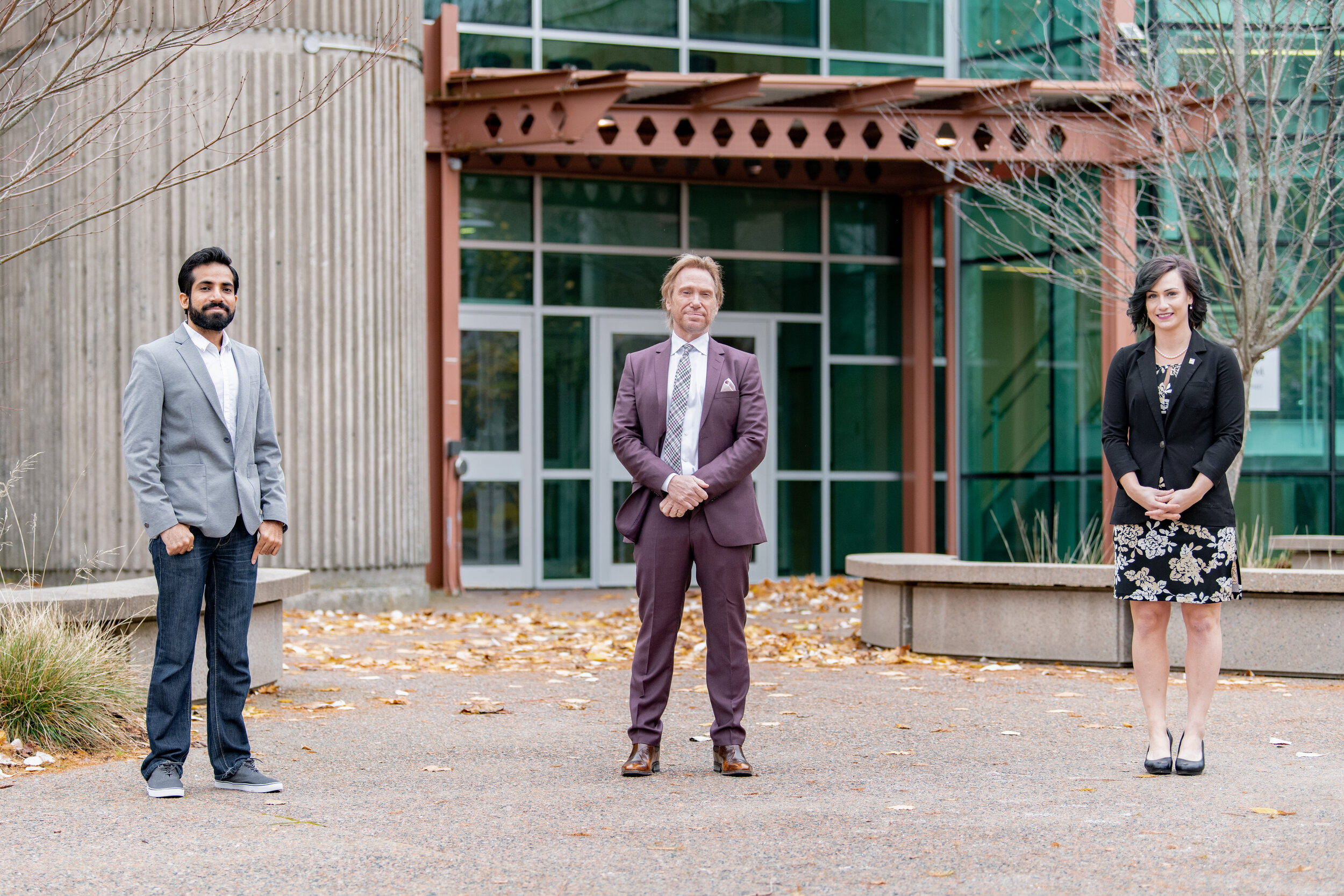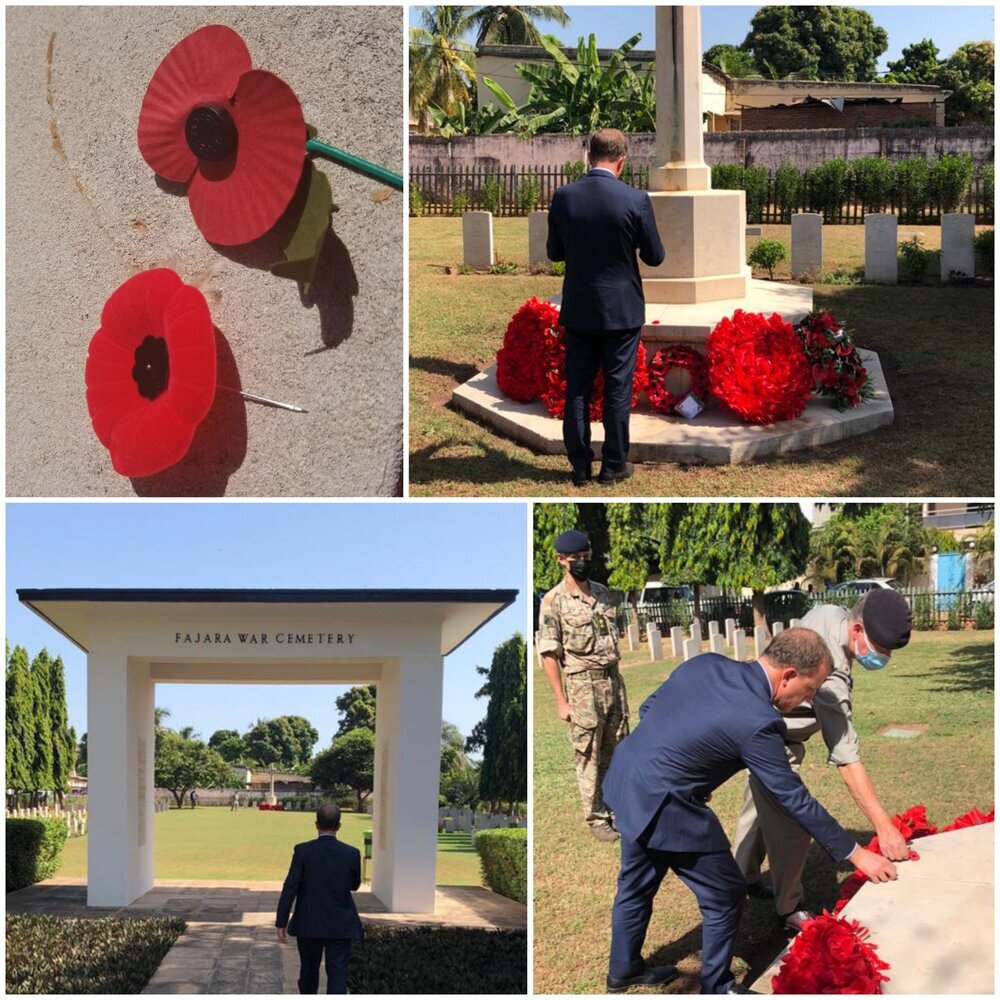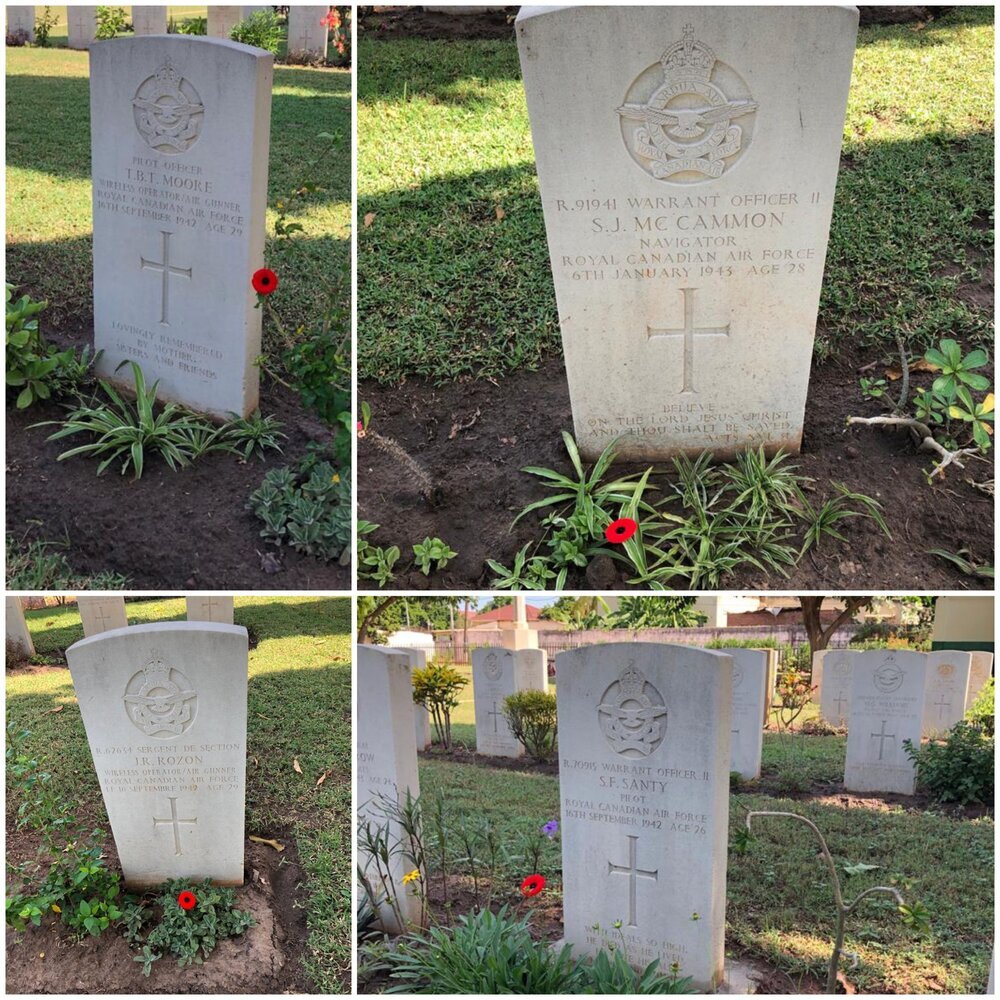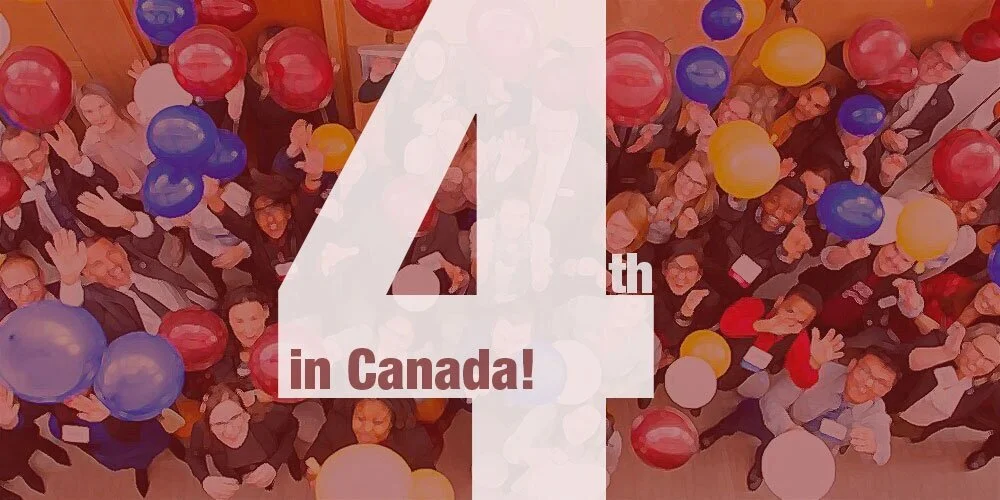Saint Mary’s students Amy Kehoe and Andrew Ollerhead
Congratulations to Amy Kehoe and Andrew Ollerhead for winning the Junior Design competition at the Atlantic Engineering Competition, hosted virtually by the University of Prince Edward Island last month. The pair were competing in a field of 11 Atlantic university teams.
Only knowing in advance that their topic would focus on either Prince Edward Island aquaculture or agriculture in some way, the Atlantic competitors received their instructions and a box of supplies that included cardboard, coat hangers, Styrofoam balls, straws and duct tape. Then, teams had just six hours to build a prototype to solve this agricultural problem facing Island farmers and present it to the judges:
Problem
Due to the lack of natural pollinators, many personal gardens and greenhouses suffer from poor plant health and low crop yield. To fix this, humans have developed artificial pollination methods. A device that can mechanically pollinate a tray of plants is required.
Challenge
Design a device or system that is capable of pollinating the provided tray of plants. The priority is to pollinate the highest number of plants with a sufficient amount of pollen under the designated time limit.
The pair quickly got to work brainstorming ideas on a white-board, narrowing their ideas down to three before coming up with their strategy.
“Within the first hour, we chose a design and started working out the mechanics of building it,” Kehoe says.
Their project design consisted of a cardboard frame with two poles to allow a set of three hoppers that would slide open or closed depending on the position of a sliding plate with holes that would align.
“Our goal was to cover the bottom of nine Styrofoam cups with salt; the cups were on a three-by-three grid, which is why we chose the shape we did,” Kehoe adds. “We used an elastic to make sure each position was the one we wanted; we had to use string to make anything move on the machine.”
Contest rules specified that the device had to remain on the table, and only one person could operate the device. The teams could not physically touch the tray of cups, and the pollen had to be dispensed in a controlled manner.
“Our pollinator can pollinate nine plants, but since a greenhouse doesn’t normally have nine plants, we have to be able to scale it up easily,” the team explains. “We had to think of those things in the design process. That’s why we chose this design. We made ours out of cardboard, but we discussed that we would use plastic in real life, and we looked up costs of materials.”
“The prototype is part of it, but a big part is the presentation,” Kehoe adds. “Talking in front of an audience, and more importantly, coming up with the design and thinking of how to translate this to a real-world application.”
In preparation for this event, Engineering instructor Luke MacDonald coached the Saint Mary’s teams on creating professional presentations. He ran a practice competition to help the students prepare to work under pressure.
“These competitions give students the opportunity to use the skills they have learned in various courses on real-world problems,” MacDonald says. “Students work on a design problem in teams to come up with solutions—it’s a good experience for them, and helps build useful skills which they can use in their future careers.”
Both Kehoe and Ollerhead are in their second year of Engineering. Ollerhead plans to finish a Bachelor of Science in Engineering before continuing onto studies in Mechanical Engineering.
As for Kehoe, she plans to take Electrical Engineering after finishing her BSc but first hopes to travel next year to volunteer in her role as a Council Youth Commissioner for Nova Scotia at an international scouting centre if Covid-related travel restrictions are lifted by that time.
The pair will virtually compete at the Canadian Engineering Competition 2021 later this month, which will be hosted by the University of New Brunswick.



